The tide in the Syrian civil war has clearly shifted. After capturing Aleppo in late 2016, Bashar Assad’s regime—with much help from its Russian and Iranian patrons—is capturing other parts of the country from both ISIS and other opposition groups. Most of the international community seems to have accepted at least a partial victory by Assad as a fait accompli.
This does not quite mean that Syria will be unified any time soon under an effective central government. It is more likely that Assad will control a large portion—but not all—of the national territory, that opposition groups will continue to control parts of the country, and that while Iran and Russia will consolidate their presence and position in the country, some of Syria’s neighbors and other Middle Eastern countries will continue to support opposition groups.
At the same time, the reconstruction of Syria’s infrastructure and economy have picked up, and companies are rushing to Damascus to secure a share in the process. Much of the world would simply like to see a measure of order and stability restored in Syria; if Assad and his patrons seem, to them, to be the key, so be it.
This is obviously not a happy ending and may not be an end at all. For those who believe that principle as well as power should play a role in international politics, it is difficult to accept the fact that a ruler who had killed—sometimes with chemical weapons—so many of his citizens will remain in power. The heavy losses, the millions of refugees, the damage to Syria and some of its neighbors, and the destabilization of Europe can hardly be forgotten. Meanwhile, the ongoing risks to Middle Eastern stability require decisive American leadership and a clear strategy to forestall an even wider conflict.
In search of a fuller accounting
Against this backdrop, it is hardly surprising that the reckoning, the soul searching, and the chest beating have begun. It is in this context that a recent Foreign Policy essay by the Dutch diplomat and scholar Nikolaos van Dam should be seen. Van Dam, who served as the Dutch special envoy to Syria in 2015 and 2016, seeks to explain “what the West got wrong in Syria.” He writes:
“if Western politicians are wondering why they achieved so few of their goals in Syria, they should start by examining their own decisions. The West’s approach to the Syrian uprising was from the very beginning dominated by an overdose of wishful thinking.”
He proceeds to argue that early in the conflict, most Western politicians were fixated on the notion that the conflict could only be solved if Bashar Assad were removed from power. Many assumed that his end was near, and that he would be toppled before the end of 2012. They failed to appreciate the regime’s strength, whether due to misunderstanding or to misplaced optimism. Academics, journalists and policymakers, writes van Dam, who predicted that the regime had a reasonable chance of surviving were called pro-Assad or anti-democratic. Western politicians failed to understand that Assad’s removal could not result in the establishment of peaceful democracy in Syria; they ignored the fact that jihadis and Islamists had hijacked the platform. The West failed to supply the opposition with weapons at a level that would have matched its rhetoric. Finally, Western politicians ignored the radicalization of the opposition and were guilty of creating false expectations in the ranks of the opposition.
Everything van Dam writes is correct—and yet, his analysis fails to provide a satisfactory explanation for what went wrong in Syria. He does mention Iranian and Russian help for the regime, but does not quite assign enough weight to the fact that they did the heavy lifting in the fight against the opposition and that without their intervention, Assad would have been defeated.
More important, he hardly mentions the major policy decisions that the Obama and Trump administrations made. Barack Obama, as he himself explained at length in his interview to The Atlantic, made a strategic decision not to become massively involved in the Syrian crisis. He overruled his senior advisors and the Washington policy establishment in 2012, and decided not to authorize no-fly zones and safe zones in Syria. Later, he ignored his own red lines when it became obvious that the regime had used chemical weapons against its people. Obama did authorize U.S. limited participation in the conflict against the Islamic State.
When President Trump came into office, he issued festive statements about the need to check Iran. He authorized a U.S. raid against the Syrian air force after another use of chemical weapons against civilians, and U.S. forces shot down a Syrian warplane and Iranian drones in Eastern Syria. But in practice, Trump too is focused on the conflict against the Islamic State and does not seem willing to check Iran’s clear effort to take over the vast territory that will become available when the Islamic State is finally defeated in Raqqa and Deir el-Zour. Furthermore, his decision last July to put an end to the CIA’s aid to opposition groups was widely seen as an abandonment of any serious effort to stand up to the consolidation of Russian and Iranian hegemony in Syria. The fact that this happened shortly after his two meetings with Vladimir Putin during the G-20 meeting has been largely seen as part of a deal with his Russian counterpart.
At present, there is much attention on developments in southwestern Syria. Both Israel and Jordan are worried about an Iranian takeover—via its Shiite proxies—of an area that is close to their territories. Russia’s commitment to monitor this region as part of the cease fire arrangements does not put them at ease. In late August, Israeli Prime Minister Benjamin Netanyahu made yet another trip to Russia to meet with Putin and to raise Israel’s concerns. The Russian government leaked to the media an account of the meeting, which indicated that Netanyahu had failed in his mission.
The prospect in Syria seems gloomy: The Russian and Iranian militaries remain present, Iran appears to be sustaining its quest for a land corridor to the Mediterranean, and various interested parties continue to meddle. Large parts of Syria’s population will not forget the record of the past few years and will not accept Assad and his regime as legitimate.
Little can be expected from Syria’s neighbors. Turkey seems narrowly focused on the Kurdish issue, determined to prevent the consolidation of Kurdish autonomy and continuity on its border. Saudi Arabia and other Sunni countries are likely to continue their support of Islamist opposition groups, but their record in Syria and in Yemen does not raise hopes. Israel and Jordan have a better record, but their interests are narrowly focused on the areas close to their borders.
Last spring there were several indications that President Trump was determined to check Iran’s advance in the region and that he understood that the crucial arena for implementing such a policy was in Syria. During his visit to Riyadh, he used strong anti-Iranian rhetoric, he ordered an aerial raid against Syria’s Air Force after yet another chemical attack on civilians, and the United States shot down a Syrian jet and a drone used by a pro-Iranian militia in Eastern Syria. But since then the policy has been reversed. Trump is now focused solely on the war on ISIS in Eastern Syria and seems indifferent to an Iranian takeover of that vast territory. He seems to have come to an understanding with Putin on Syria and his decision to stop CIA aid to Syrian opposition groups seems to follow the same line of thinking.
If it turns out to be the case, we are likely to see a Russian-Iranian hegemony over a Syrian vassal controlling most of Syria. Concerned neighbors and regional actors like Israel, Jordan, Saudi Arabia, the United Arab Emirates, and at some point Turkey will take action against this course of affairs and in order to protect their interests. The idea of an Iranian land bridge to the Mediterranean is abhorrent to them. But it is only the United States that can take an effective action in an arena in which Russia is such a major player. And in order to be an effective broker in the Syrian arena, the United States needs to maintain and develop assets on the ground. The areas in which such assets can be acquired in the nick of time are in eastern and southern Syria.
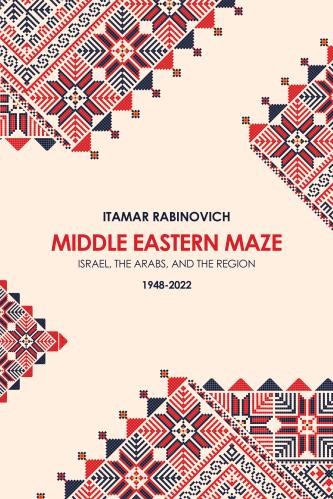
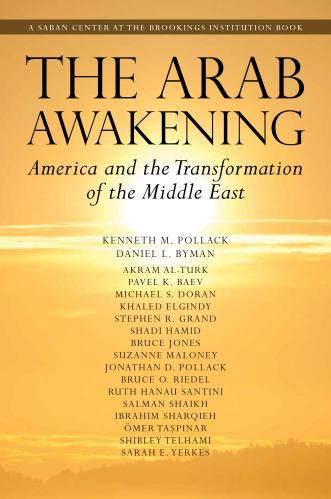
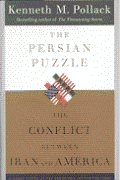
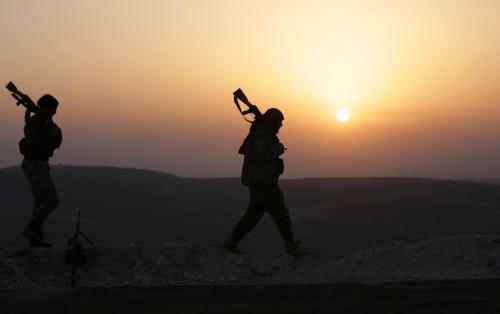
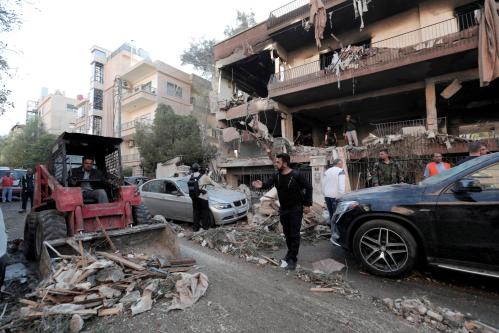
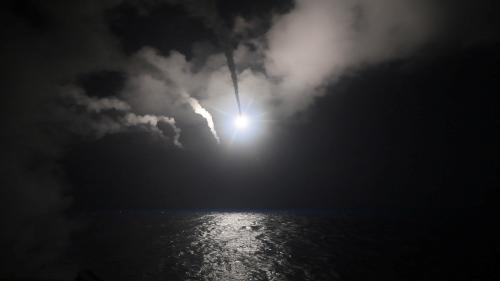

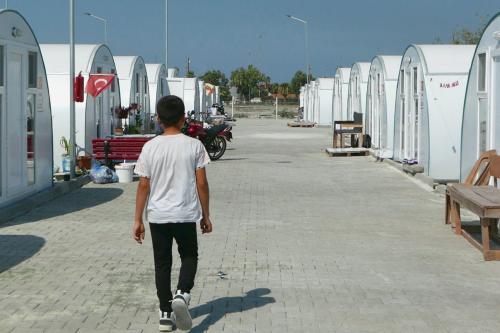
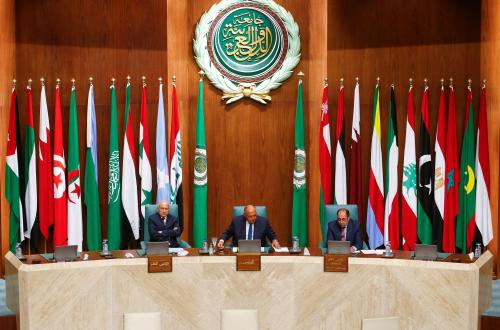
Commentary
The Syrian crisis: A reckoning and a road map
September 12, 2017